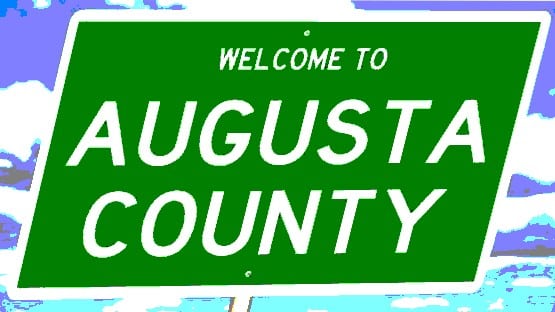
Reverse mortgage plans are becoming more and more popular among the general public. With appealing plans and deals, people can now choose from several reverse mortgage plans available to them.
While some individuals greatly benefit from the abovementioned plans, others can lose their properties to it. Therefore, it’s essential to approach this step cautiously and find out as much as possible about reverse mortgage plans before deciding to take them.
In this article, you can find out what reverse mortgages are, the six types of reverse mortgages, as well as who is eligible to take them.
What is a reverse mortgage?
You certainly already heard about reverse mortgages, but what exactly are they, and how are they different from regular mortgages?
Namely, a reverse mortgage is a type of loan. Senior citizens who are also homeowners can apply for a reverse mortgage plan if they have limited financial incomes that don’t cover their basic needs and expenses.
Essentially, senior homeowners can borrow money against their property value and choose a type of payment they wish to receive. For instance, if they paid $100.000 for the property, which is now worth $200.000, they can lend the remaining $100.000 from a bank and access it. That way, they get to stay in their homes and use the equity money.
If you’re a senior citizen heading towards retirement and realized you haven’t saved up enough money, a reverse mortgage might be perfect. Additionally, if you don’t plan on leaving your property to your heirs and most of your net worth is in your property, signing up for a reverse mortgage plan could be an excellent idea to cover the gap and secure yourself financially.
On the other hand, if you’re planning to move, sell, or leave the property to your heirs, a reverse mortgage might not be for you, especially if you’re financially stable and secure.
Types of reverse mortgage
As previously mentioned, there are several available types of reverse mortgages. Although they operate pretty similarly, the main difference is the type of payment the homeowners choose to receive.
1. Lump sum
As the simplest solution, property owners get all the proceeds at once with a lump sum. Additionally, this is the only option that comes with a fixed interest rate.
2. Equal monthly payments
Also known as the tenure plan, equal monthly payments are made as long as the borrower lives in the property. The payments are steady, although they come with adjustable interest rates.
3. Term payments
By setting a specific term or a period, the lender divides the total sum into equal monthly payments and lends the money to the homeowner. For reference, most people choose 10 or 15 years.
4. Line of credit
With a line of credit, homeowners take only as much as they need from the total sum. Therefore, they only pay interest on the amounts they borrowed.
5. Equal monthly payments and a line of credit
By combining equal monthly payments and a line of credit, property owners get steady monthly payments. However, if they need more money at some point, they can use the line of credit.
6. Term payments and a line of credit
Similarly, lenders can receive regular term payments for a specified period and access the line of credit if needed.
Who is eligible for a reverse mortgage?
Now that you know more about reverse mortgages and the types of reverse mortgage plans you can sign up for, it’s time to check who is eligible to apply. Remember, these details can change depending on where you live or which bank to choose. However, these are the essential requirements.
- The person signing up for any reverse mortgage plan must be 62 years old or older. The older you are, the more funds you can receive.
- Every person planning to apply for a mortgage plan must live in the home as their primary residence, if they’re receiving the funds. Therefore, vacation homes or rentals aren’t eligible for this plan.
- You must have at least 50% equity in your home if you wish to apply for a reverse mortgage plan. Even if you owe some funds, the money from the reverse mortgage plan will be used to pay off any existing debts.
- You must show proof of your ability to meet loan obligations, such as paying property taxes and home insurance regularly.
Property owners can easily find out how much money they can get from a reverse mortgage plan based on this calculator. By entering property value, existing mortgage, and several other details, they can access accurate information regarding their eligibility.
The bottom line
Like every other loan, a reverse mortgage comes with its advantages and disadvantages too. It can help senior citizens use their property to get the much-needed cash if they don’t plan to keep the family’s property.
By closely evaluating personal pros and cons, you can determine whether a reverse mortgage is a good idea for your current situation.
Story by Yunas Chaudhry. He is a super-connector with Blogger Outreach Agency who helps businesses find their audience online through outreach, partnerships, Photography, branding and networking. He frequently writes about the latest advancements in digital marketing and focuses his efforts on developing customized blogger outreach plans depending on the industry stainless steel tongue scraper and competition.










